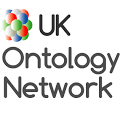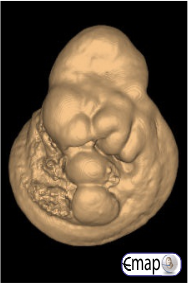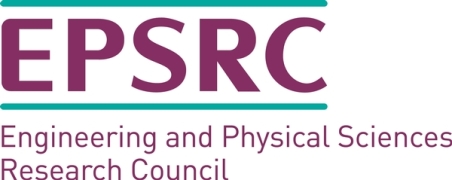These are my notes for the Marwan Al-Tawil, Vania Dimitrova, Dhaval Thakker, Brandon Bennett talk at the UK Ontology Network Meeting on 14 April, 2016.

What makes some entities more important, and provide better paths? He observed in his study that central entities with many subclasses are good potential anchors, recognition is a key enabler for knowledge expansion, and encourage connections to discover new entities linked to recognized ones. How can we develop automatic ways to identify knowledge anchors? Category objects (commonly-used objects from daily life) carry the most information, possess the highest category cue validity and are, therefore, the most differentiated from one another.
They have two approaches: distinctiveness (identifies the most differentiated entities whose cues link to its members, and not to other entities) and homogeneity. Distinctiveness metrics were adopted from formal concept analysis, and applied to the ontology. The homogeneity metrics were created with set-based similarity metrics.
Experiment and evaluation. Images of all taxonomical entities linked via subClassOf were presented in 10 different surveys. Benchmarking sets were used to determine accuracy and frequency. Questions were of two types: accurate naming of a category entity (parent) when a leaf entity is seen, and accurate naming with its exact name, child or parent.
When analysing the data, they found that precision values were poor. Inspecting the false positives, they noticed two reasons: picking entities with a low number of subclasses, and returning FP entities which had long label names.
Please note that this post is merely my notes on the presentation. I may have made mistakes: these notes are not guaranteed to be correct. Unless explicitly stated, they represent neither my opinions nor the opinions of my employers. Any errors you can assume to be mine and not the speaker’s. I’m happy to correct any errors you may spot – just let me know!



You must be logged in to post a comment.